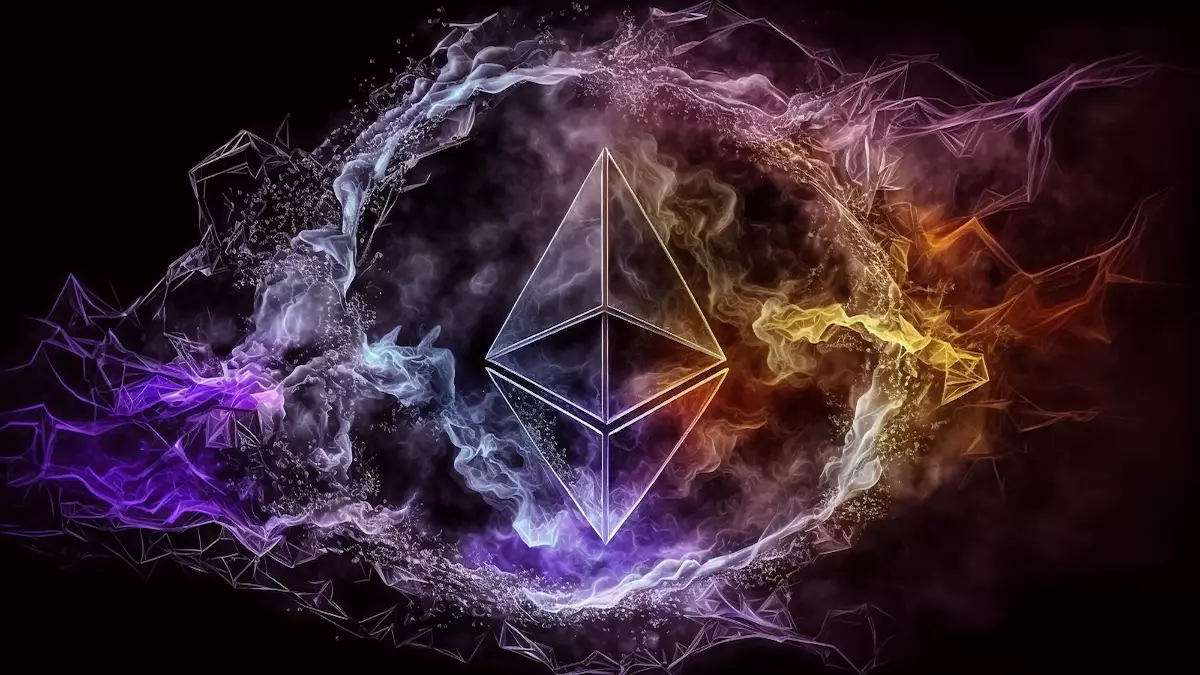The Ethereum network, renowned for its decentralized applications and smart contracts, has recently witnessed a decline in gas fees. On October 8, 2023, the average gas fee on the Ethereum network reached 8.8 Gwei, a level not seen since October 2, 2022. This decrease can be attributed to a reduction in user engagement across various platforms and applications.
Among the notable contributors to the decline in gas fees are the DeFi applications, NFT marketplaces, layer-2 networks, and Telegram trading bots. These platforms have experienced a significant decrease in activity, directly impacting the network’s gas fees. The NFT sector, once a prominent player in Ethereum’s network activity, has witnessed a substantial decrease in trading volumes throughout the year. With fewer transactions being executed, the demand for transaction processing has decreased, consequently influencing the gas fees.
Similarly, Telegram trading bots, which experienced a surge in popularity during the second quarter of 2023, have seen a decline in activity since the beginning of October. These bots have contributed to the volume of transactions on the Ethereum network, and a reduction in their usage has led to a decrease in gas fees.
Furthermore, heavyweight entities on the Ethereum network, such as Uniswap, 1inch, and MetaMask, have experienced double-digit drops in gas consumption over the past week. Even major gas spenders like Binance and Coinbase, along with layer-2 networks like Arbitrum, Optimism, and Base, have reduced their gas expenditure by 30% compared to the previous week. This marks the first instance of a downtick in consumption on the more cost-effective layer-2 networks since last year.
With the decline in gas fees, Ethereum transitioned to an inflationary state in September 2023. On a recent Monday, the amount of Ethereum burned hit its lowest point for the year, with only 7,084 ETH being burned. This reduction in gas fees has broader implications for Ethereum’s economic model, as it is closely tied to the network’s activity.
Presently, the supply of Ethereum is growing at a rate of approximately 1,450 ETH daily, equivalent to about $2.2 million worth of Ethereum. This shift reflects a fundamental change in Ethereum’s economic dynamics, which were previously heavily influenced by gas fees and network activity. The recent trend of declining gas fees amid reduced engagement on DeFi platforms, NFT marketplaces, and other applications signals a significant shift in the Ethereum network’s dynamics.
The decline in gas fees and overall network activity should be closely monitored by stakeholders and participants in the Ethereum ecosystem. This trend may indicate further economic shifts in the near future as users and platforms adapt to the changing landscape.
While the decrease in gas fees may be viewed positively by some, it also raises questions about the long-term sustainability of the Ethereum network. The economic model of Ethereum heavily relies on gas fees to incentivize miners and secure the network. A prolonged decline in gas fees and reduced engagement could potentially impact the network’s security and stability.
Furthermore, it remains to be seen whether this decline in gas fees is a temporary phenomenon or indicative of a more permanent shift in user behavior. As the blockchain industry continues to evolve, it is essential to continuously monitor and analyze the changing dynamics of gas fees in the Ethereum network. By doing so, stakeholders can make informed decisions and navigate the ever-evolving landscape of decentralized finance and applications on the Ethereum platform.

